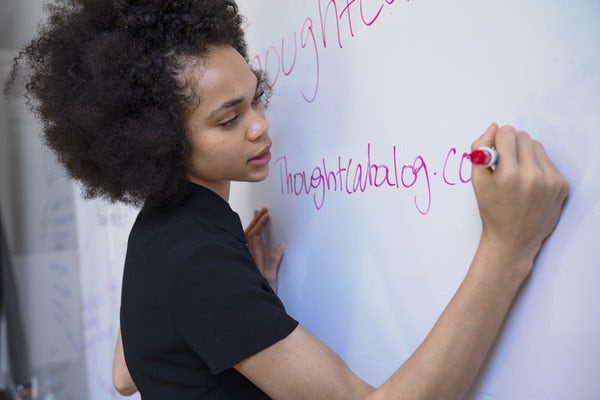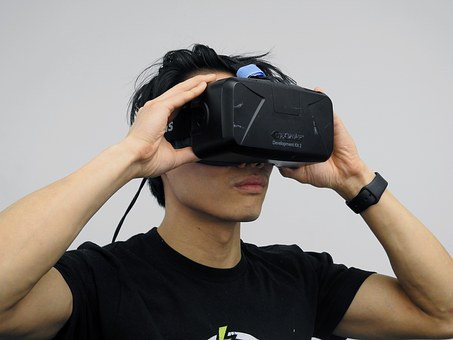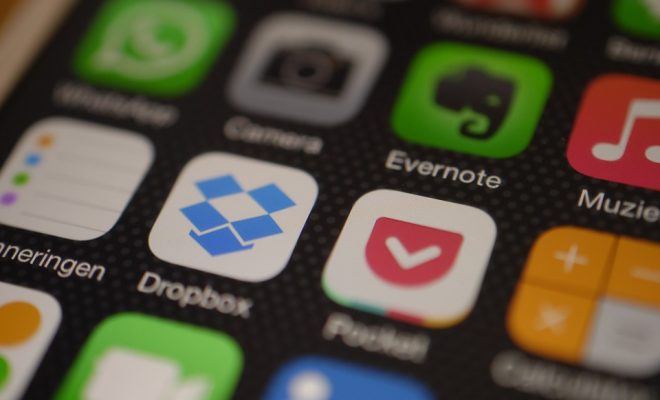4 Reasons Printed Textbooks Are Better Than Digital

Digital devices are everywhere. Most students possess at least one. We have become used to reading on laptops, tablets, e-readers and smartphones. Not laptops so much, but the other digital devices, are more convenient to carry around with you everywhere so you can do your reading anywhere. However, as much as we love our devices, most people still prefer to read printed books. In fact, e-books sales have been declining for some years now. There are good reasons, some supported by science, why it’s better to read a printed textbook rather than an e-book.
They are better for your health
Researching for an assignment or studying for a test using a digital book before you go to sleep is not good for your health. Harvard researchers found that the use of digital devices before bedtime prolongs the time it takes to fall asleep, interferes with the circadian clock, the sleep-promoting hormone melatonin, REM sleep, and reduces alertness the following morning. Use of light-emitting devices at bedtime also makes one more alert, so it’s hard to fall asleep.
Over time, this situation leads to a chronic lack of proper sleep which leads to serious health issues. Chronic lack of sleep increases the risk of cardiovascular disease and metabolic diseases like obesity and diabetes, as well as cancer. It’s common to study until late at night, but it’s better to take your textbook with you to bed rather than a screen to prepare for that test.
Reading comprehension is better with textbooks
For study purposes, when you need to comprehend and remember what you’ve read, print beats digital. For most people, digital books are hard to remember.
One study divided participants into two groups. One group read printed text, the other group read on a device. The two groups read the same text. When they were asked to put the events in chronological order, the e-book group fared worse. The implication is that students who study from textbooks will learn better than those who study from digital devices.
A second study by the same researchers found that e-books for young readers created with Apple’s iBooks Author software provided too many interactive visual features that engage young readers but distract them from attempting to read.
Textbooks are not so hard on the eyes
Many students, and people in general, choose paper books instead of e-readers because printed text is not so hard on the eyes. Reading a back-lit screen is tiring for the eyes and can strain them. This is called visual fatigue and refers to the physical discomfort that results from prolonged exposure to a digital screen. The symptoms include dry or watery eyes, blurred vision, difficulty focusing, sore neck and/or shoulders and light sensitivity.
Textbooks are still preferred by students
Fact is, most college students still prefer to hold a real book in their hands instead of staring at a device. In surveys student report how they love the smell of a book, turning the pages and scribbling notes in the margins, none of which is possible with a digital book.
In spite of the convenience of e-books, at this point in time, textbooks are still the preferred medium for study, and scientific evidence tells us that students learn better when they study using real books rather than screens.






